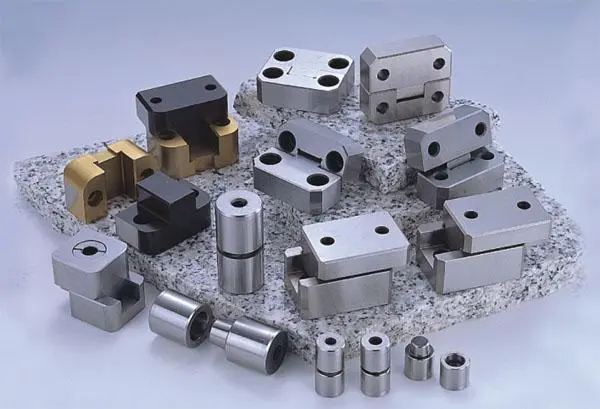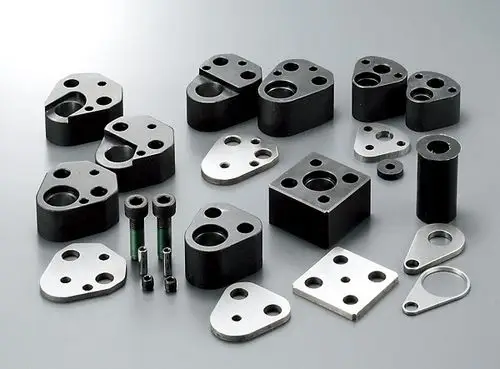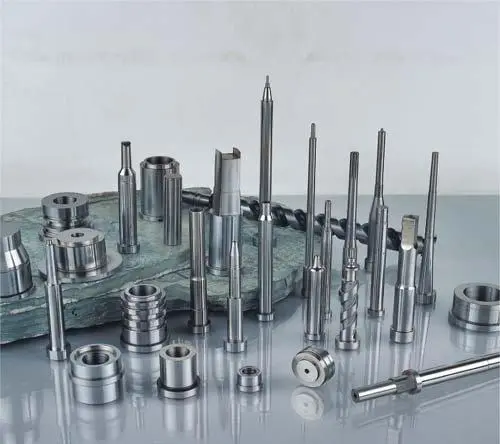News
The difference between non-automated and automated equipment
In today's industrial production, there is a wide variety of equipment, with non-automated and automated equipment being two common types. They have significant differences in operating principles, efficiency, cost, and flexibility.
In today's industrial production field, there are various types of equipment, among which non-automated equipment and automated equipment are two common types. They have significant differences in working principles, efficiency, cost, flexibility, etc.
I. Working Principle
Non-automated equipment usually requires direct manual operation and control. For example, a common manual sewing machine requires the operator to use their foot to operate the pedal while using their hands to control the movement of the fabric and the direction of sewing. Another example is a traditional manual drilling machine, where the operator needs to manually rotate the handle to control the movement of the drill bit and the depth of the hole. The operation of this type of equipment completely depends on human physical strength and skills, and the operator's precision and speed directly affect the quality and efficiency of production.
Automated equipment relies on pre-set programs and control systems to operate automatically. For example, industrial robots can accurately perform welding, handling, and assembly tasks without human intervention. Another example is a fully automated printing machine, where the operator only needs to input the relevant printing parameters and instructions, and the machine can automatically complete a series of complex processes such as plate making, inking, and printing.
II. Production Efficiency
Due to the limitations of manual operation, non-automated equipment has a relatively slow production speed. Workers may experience fatigue after prolonged work, leading to decreased efficiency. Taking a manual stamping machine as an example, each stamping requires manual placement of materials, operation of the machine, and removal of finished products, making the entire process cumbersome and time-consuming.
Automated equipment can achieve continuous and high-speed production, greatly improving production efficiency. For example, an automated automotive assembly production line, through the collaborative work of robotic arms and conveying devices, can complete multiple assembly processes in a short time, efficiently and accurately. Another example is automated chip manufacturing equipment, which can produce a large number of high-precision chips in a very short time.
III. Cost
In terms of initial investment, non-automated equipment usually has a lower cost. This is because its structure is relatively simple and does not require complex control systems and high-precision components.
However, from the perspective of long-term operating costs, automated equipment may be more advantageous. Although its purchase cost is high, due to its high efficiency, low defect rate, and labor savings, the overall cost may decrease as production volume increases.
For example, a small factory may initially choose non-automated equipment to reduce investment risk, but as the business expands, it may find that automated equipment can bring greater economic benefits.
IV. Product Quality
The product quality of non-automated equipment largely depends on the skills and experience of the operators. Differences in the operating skills of different workers may lead to instability in product quality. For example, handmade wood carvings, their quality depends on the craftsmanship and experience of the craftsman, making it difficult to ensure that each piece is exactly the same.
Automated equipment can operate according to precise set parameters, thereby ensuring the stability and consistency of product quality. This is particularly important for industries with strict quality requirements, such as aerospace and medical devices. For example, automated medical device production equipment can ensure that each product meets strict quality standards.
V. Flexibility
Non-automated equipment has certain flexibility in handling small-batch, diversified production tasks. Workers can flexibly adjust and operate according to specific needs. Like handmade pottery, craftsmen can change the shape and design at any time according to their creativity and customer requirements.
Automated equipment is usually designed for specific production tasks and products. If it is necessary to change the production process or product type, it may be necessary to reprogram and adjust the equipment, which is relatively less flexible. However, some advanced automated equipment now also has certain flexible production capabilities. For example, production lines controlled by programmable logic controllers (PLCs) can adapt to the production needs of different products by modifying the program.
In summary, non-automated equipment and automated equipment each have their own advantages and disadvantages. When choosing, enterprises should comprehensively consider their own production needs, scale, financial situation, etc., to achieve optimal production efficiency.



